Content from the Brookings Institution India Center is now archived. After seven years of an impactful partnership, as of September 11, 2020, Brookings India is now the Centre for Social and Economic Progress, an independent public policy institution based in India.
This article first appeared in the Indian Express. Brookings India is an independent, non-partisan public policy research organisation based in New Delhi. The views are of the author(s).
I did not participate in the post-budget reflections on TV. I declined all invitations, in part, because it was not a novelty and in part because I knew that I would spend most of the time staring at the camera, mute and captive. I also declined because I acknowledged that I would most likely trot out superficial bromides to no avail and zero impact. That is to say, the budget is along predictable lines. The focus on agriculture, health, education and infrastructure had to be expected given the onset of general elections. It is a mistake to have excluded energy from the speech (other than the familiar and politically “non-negotiable” promise to provide free/subsidised electricity and fuel to indigent households), especially in view of the hardening of oil and coal prices. The fiscal arithmetic looks stretched, the thrust towards “import substitution” is worrying and everything will depend on the efficiency of implementation of the announced programmes (particularly those related to health coverage). I might have pointed to the accounting sleight of hand that enables the finance minister to claim the proceeds from the sale of one state-owned entity (HPCL) for another state-owned entity (ONGC) as part of disinvestment proceeds. These were my reasons for declining even before the FM began his budget speech.
But during the course of the FM’s speech, I found a further reason for not going in front of the cameras. This reason had less to do with the specifics of individual proposals than the structure and presentation of his speech. It seemed to me that the approach was out of sync with the new world order of the 21st century and that the FM’s speech reflected a disconnect between the nature of domestic policy formulation and the paradigmatic changes taking place across the world. I could never have communicated these somewhat inchoate thoughts in bite-sized TV language. The anchor would most certainly have interrupted me and I would have felt frustrated.
We have entered a new era — defined by explosive technology, instantaneous communication, “stigmatised capitalism”, unpredictable politics and existential challenges. The recently-concluded gathering of global elites in Davos gave forceful expression to these developments. Our prime minister kicked off that meeting by reminding everyone of the virtues of globalisation and open trade for goods and services. And the dangers of terrorism and climate change. He called for a collaborative global effort to manage and mitigate these existential risks. Other leaders followed with similar messages. Emmanuel Macron, Angela Merkel and even Donald Trump talked of the transformative changes heralded by technology but also forewarned of the consequences to liberal values of a two-track world in which a minority have acquired the relevant skills to move onto the track of prosperity and the majority find themselves on the track to unemployment, irrelevance and despair.
This “new era” is not, however, reflected in the vocabulary of politics or the models of public policy. Global warming, terrorism and pandemics are problems that recognise no national boundaries. But the solutions to these problems are culled from the politics of nationalism. Politicians talk of the connected and common bonds of humanity in international fora. But faced with domestic pressures, they peg their electoral appeals on the narrow and ascriptive dividers of caste, class, ethnicity and religion.
To read more, please click here.
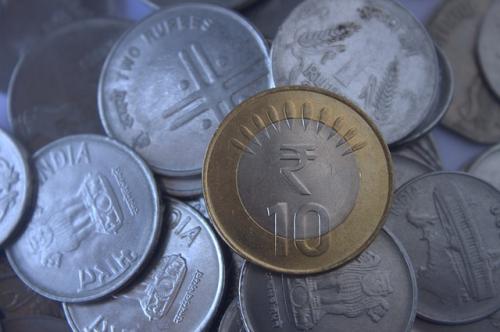
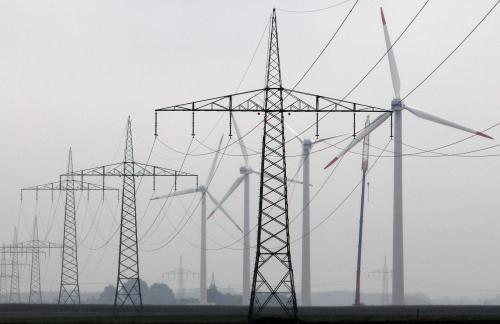
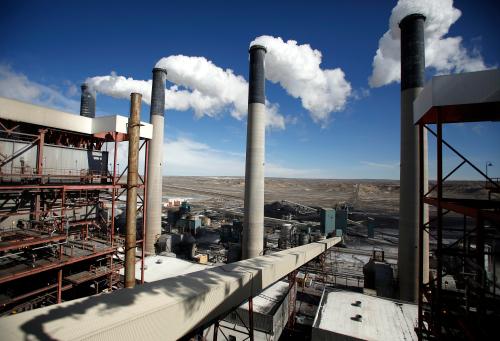

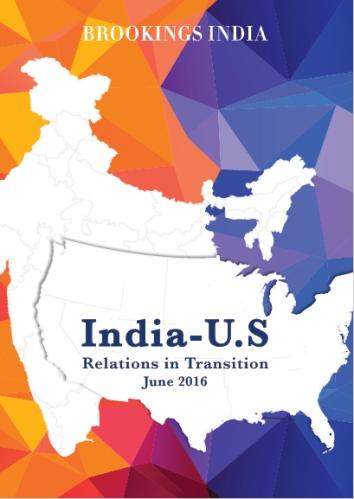
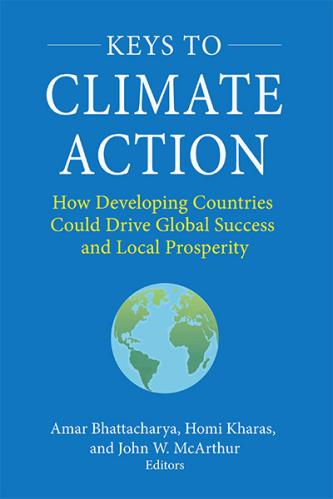
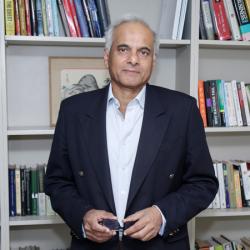


Commentary
Op-edBudget 2018: Does the absence of energy from the finance minister’s script showcase a larger disconnect?
February 5, 2018